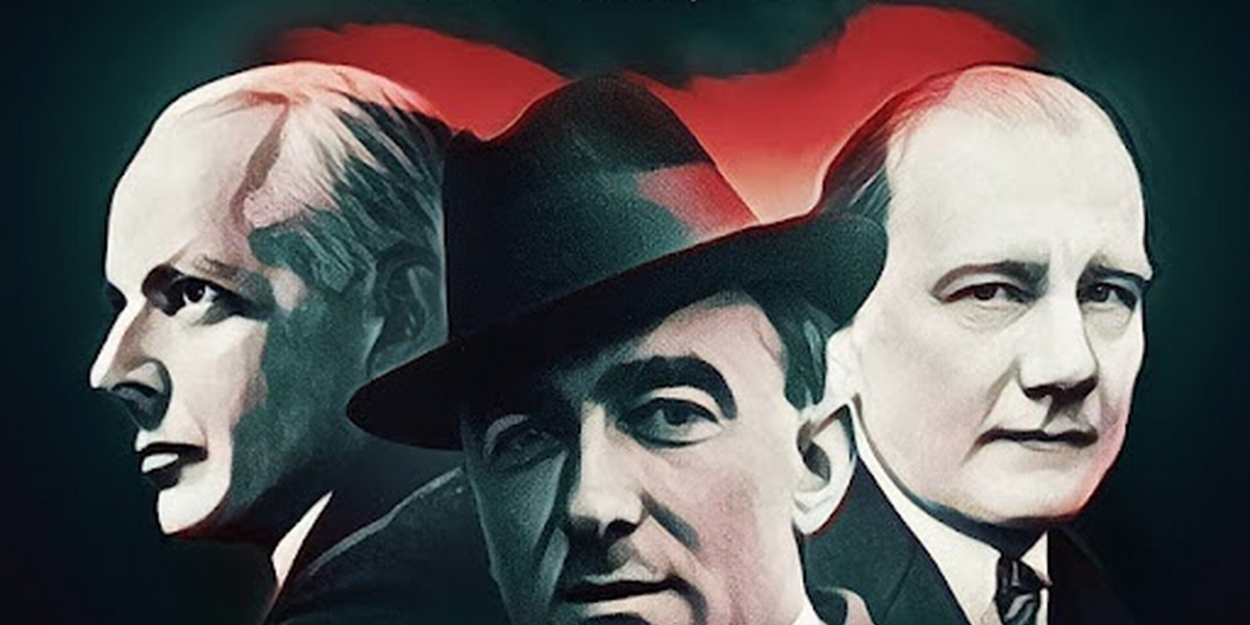Violinist Elizabeth Chang Announces New Album Sonatas and Myths
The album will be released on May 17, 2024.

Violinist Elizabeth Chang has announced the May 17, 2024 release of her new album Sonatas and Myths on Bridge Records. Recorded with her longtime collaborator pianist Steven Beck, Sonatas and Myths features a collection of three seminal works from the early 20th century – Karol Szymanowski’s Mythes: Trois Poèmes, Op. 30 from 1915; Ernst von Dohnányi’s Violin Sonata in C# Minor, Op. 21 from 1912; and Béla Bartók’s Sonata No. 1 for Violin and Piano from 1921.
Chang says, “I have always had an artistic affinity for the musical language of the early 20th century and for the composers who were negotiating the end of the Romantic period while seeking to integrate their highly evolved, Germanic-based schooling with the influence of newly uncovered ‘local’ influences and idioms. The Central European composers of the three works in this album persuasively presented new compositional voices by means of writing that was highly charged emotionally and that, in this regard, provided continuity with the aesthetic expressive preoccupations of their recent past.”
The album also portrays the profound teacher/student relationships from Chang’s artistic heritage, reflecting the influences and deep cross-generational connections between these composers. She explains, “I trace my connection to these composers through Carl Flesch, the great violin pedagogue who taught two of my teachers (Max Rostal and Roman Totenberg) and who was saved from deportation to a concentration camp by Dohnányi.”
Chang, who is currently Professor of Violin at the University of Massachusetts Amherst and a member of the violin faculty of the Pre-College Division of The Juilliard School, enjoys an international career as performer, teacher, and leader in the arts, founding and leading a number of festivals and chamber music series in the U.S. and overseas. Her performances have taken her to 25 countries and her chamber music appearances have included collaborations with many of today's leading artists. In 2022, a Healey Faculty Research Grant from UMass afforded her the opportunity to record this album, which had been a cherished project plan for some time.
There are abundant connections between the composers on the album. In addition to being musical contemporaries, Polish modernist Karol Szymanowski and Hungarian composer and scholar of folk music Béla Bartók also share a bond through Claude Debussy, whose music resonated with them both. French influence echoes from the title of Szymanowski’s Mythes: Trois Poèmes pour violon et piano, Op. 30 but connection with the culture and folklore of ancient Greece during visits to Siciliy became an even more meaningful and personal influence on the composer and his music. In Mythes: Trois Poèmes, Szymanowski incorporates an array of compositional techniques and violinistic effects to bring the stories, the fantastical characters, and their various emotional motivations to life.
Hungarian pianist, composer and conductor Ernst von Dohnányi, only a a few years older than Bartók and Szymanowski, wrote his Violin Sonata in C# Minor, Op. 21 in 1912, when he was already established as a leading composer and teaching at the Berlin Hochschule für Musik – at his appointment in 1905, he was the school’s youngest and highest paid faculty member. While he never made a decisive break from Romanticism, the second movement of his violin sonata contains notable influence from Hungarian folk idioms.
Béla Bartók began by following in Dohnányi’s footsteps but soon changed course. David E. Schneider writes in the album’s liner notes, “Bartók was also deeply influenced by Eastern-European folk music, which he collected, studied, and arranged, as well as by contemporary modernist composers such as Schoenberg and Stravinsky.” Ironically, Bartok’s first sonata does not convey as much influence from folk music as one might expect. Schneider writes, “The First Sonata marks a high point in the complexity of Bartók’s style. Although written at a time when Bartók was integrating elements of folk music into all his compositions, only the third movement conveys a mood that can be easily identified as folk-like. . . The dominant mood is that of an ecstatic folk fiddler leading a rustic peasant dance. Such folk-dance finales would become a signature for Bartók, who used them in the majority of his mature instrumental works.”
Sonatas and Myths conveys a blend of technical prowess, historical appreciation, imagination, and unique insights that together create a journey propelled by personal resonance and tangible bonds between past and present.
Comments

Videos

